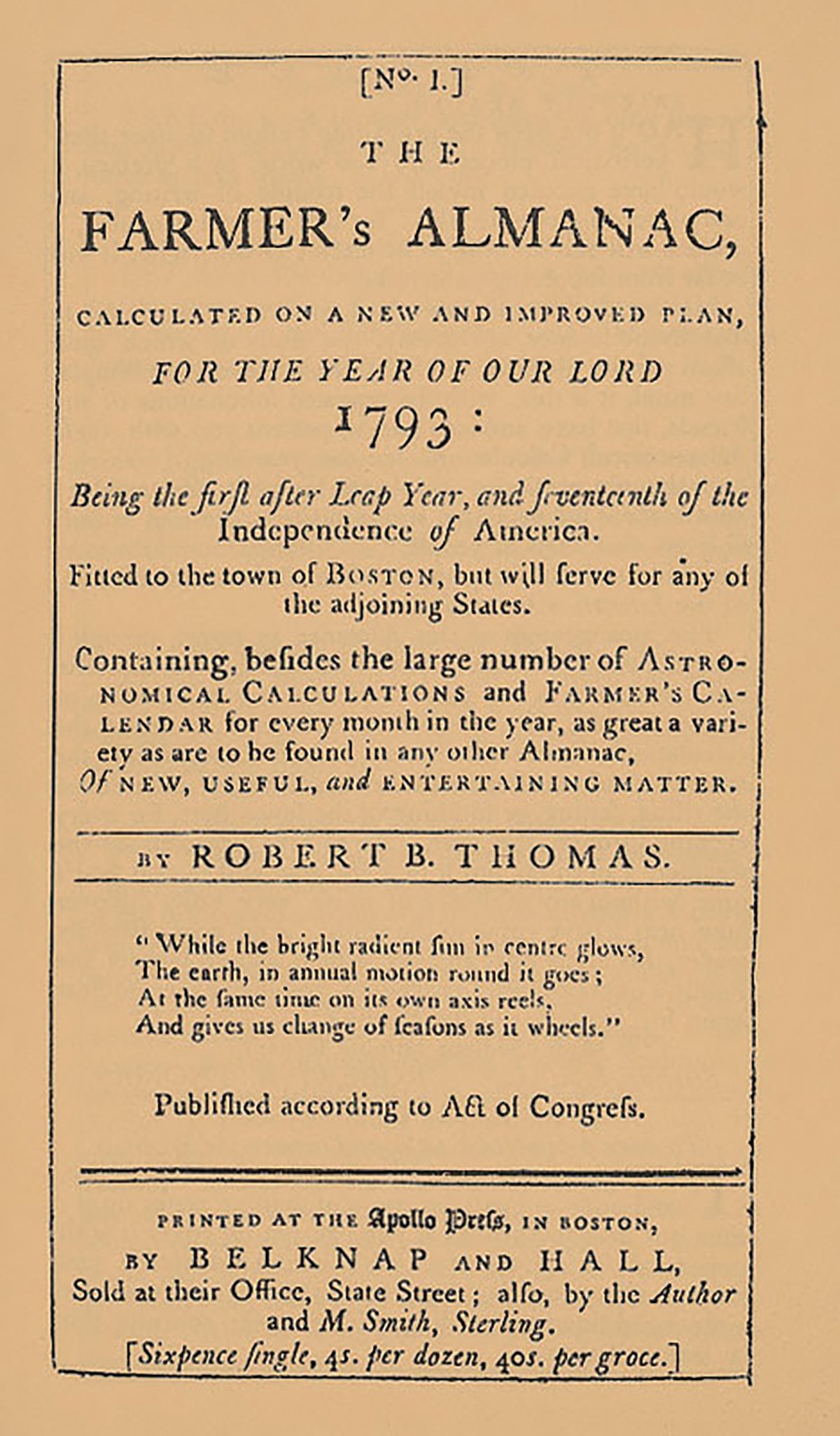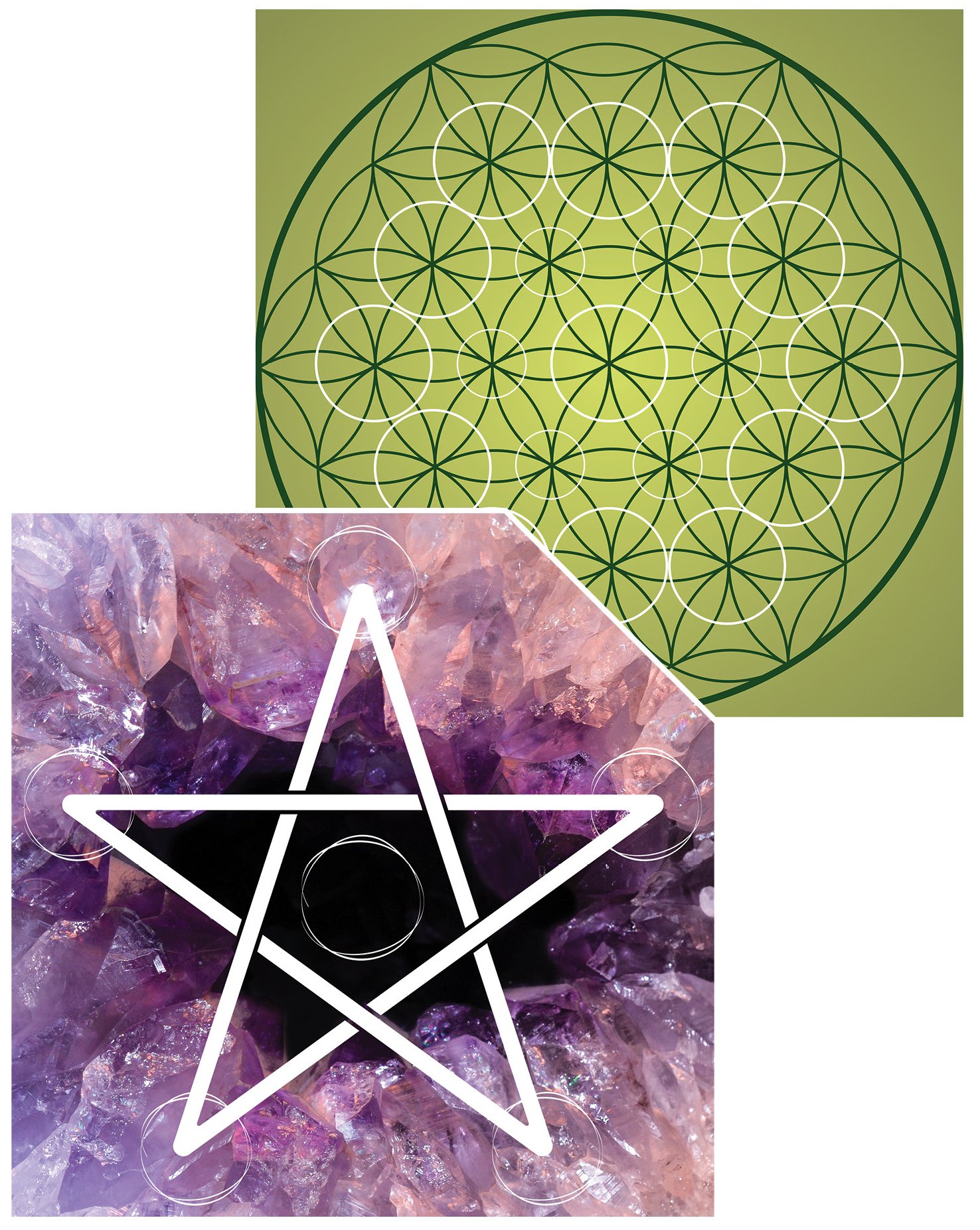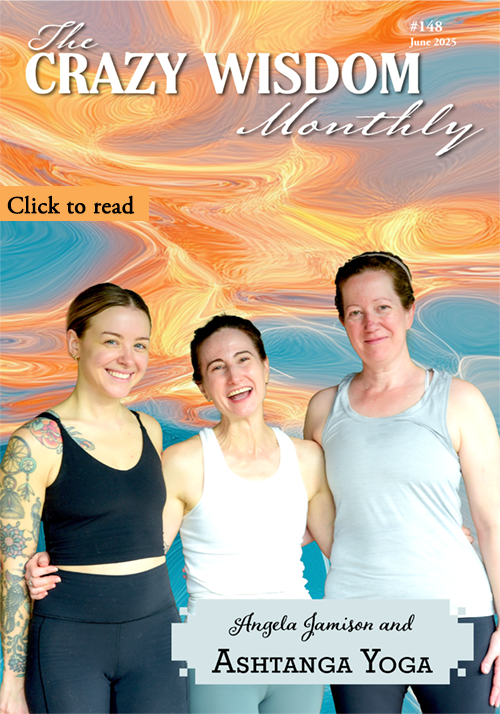By Rev. Marie Duquette
The Farmer’s Almanac predicts a colder, flakier winter than usual for those of us who live in The Mitten. Normally this would not be worth noting, but there is no “normally” anymore, and so I do note it.
Maybe I note this prediction because at a time when truth seems to be elusive, and not being prepared threatens to be deadly, The Farmer’s Almanac is a reliable source when it comes to foretelling the weather and helping people prepare. And it tips its hat to inclusivity, in that anyone is welcome to read and heed its advice—not just farmers. According to the Old Farmer’s Almanac website, it is North America’s most popular reference guide and oldest continuously published periodical.
The premiere issue was published in 1792 during George Washington’s first term as president. By the second year, circulation had tripled from 3,000 to 9,000. Back then, the Almanac cost only six pence (about nine cents). While there were other almanacs being published at that time, The Old Farmer’s Almanac’s first editor, Robert B. Thomas, used a complex series of natural cycles to devise a secret weather forecasting formula, which brought uncannily accurate results, traditionally said to be 80 percent accurate. (Even today, his formula is kept safely tucked away in a black tin box at the Almanac offices in Dublin, New Hampshire.) The Almanac is 230 years old this year, and has had many editors and changes, still, many farmers continue to use it today as a planning tool based on the accuracy of its long-term weather forecasts.
Maybe I note that an abundance of cold flakiness will show up at our doors with gravitas, because we imagined that once we had a vaccine for the pandemic, life would snap back to normal fairly quickly, and it has neither snapped back quickly nor fairly.
And maybe I note the anticipated “more” of winter because it’s good to have something to plan for! I make a mental note: need more sweaters, colder and flakier incoming.
I’ve been leading a series called “I’ve Been Meaning to Ask” that centers on these four questions:
Where are you from?
Where does it hurt?
What do you need?
Where do we go from here?
I am finding the last three questions especially useful to gauge how I’m doing on any given day, as we live into this time of unknowing, when we are processing trauma individually and collectively, while the trauma itself continues to fall around us, gathering on our shoulders.
Read related article: Weathering an Avalanche: Reflections on this Pandemic Year
Where does it hurt? Once we get through the flippant (where doesn’t it hurt?), the given (my heart), and the vague (motions, palm up, at the air around me), it becomes clear that we hurt in innumerable places. Carrying a broken heart for the loss of a specific person is heavy lifting; carrying it for the loss of an entire way of life can be paralyzing. My eyes hurt from looking at screens too much. My need for connection aches when I stop looking. My serenity has diminished, replaced with a sense of depletion from choosing daily between the acute, the chronic, and the mundane. Hour by hour I try to discern what I can change, what I cannot, and the difference between the two. It hurts when I allow myself to remember the lives, the loves, and the sense of safety that has been lost in the seemingly endless divisions between us that seem to multiply like the mops that terrorized the sorcerer’s apprentice in Fantasia. It hurts to see the righteous vilified and the villains venerated. It hurts to see the heroic nurses and doctors, pleading for relief, and it hurts that they have to do so.
What do I need? I need less. Less stuff. Less lingering time. Less anxiety about making and breaking plans. Time is no longer punctuated by reliable routines: busy industry has been replaced by bare buildings, and people instinctively step away, rather than toward one another. I need to stop seeing dirty, discarded facemasks alongside the road, marring both gardens and gravel alike with reminders of a disease about which we need no reminders. I need communal song and hugs given with abandon and the uncovered smiles of seven-year-olds enamored with the space where a tooth had recently been. I need to stand shoulder to shoulder with theatergoers for long ovations and sit, satisfied, for rewarding encores.
Where do we go from here? This is the hard one. It feels like we are in a plane that has not yet landed. We can’t step out while mid-flight. And yet, beginning—taking steps toward something—is essential to recovering from, and moving through, trauma.
I propose we choose what we will move toward now, so that we do not freeze in fear when the colder, flakier days move in. I propose we begin to move from here to there, even if there is a moving target.
I choose to move toward connection, wherever and however I can find it. I choose to notice what is full, at least as often as I notice what is empty. I choose to imagine more gathering spaces outside—safe adaptations that give way to a more vital way of life and snow-laden paths that are cleared by those who can, without payment by those who can’t, that lead to houses where those already warm, have sweaters to spare, and those whose bellies are full, fill those whose bellies are empty.
From here, I propose we move toward a there we only see dimly, trusting that the process of moving will be an act of faith that sustains us. I propose we move together, toward a society that is fueled by faith. We will get through this. One way we do it is to inventory what hurts, what we need, and where we go from here on a regular basis.
I propose we stock wood, and canned goods, and a few extra blankets. The Farmer’s Almanac tell us that a flakier, colder winter is waiting in the wings. History tells us we will need one another to weather the storm.
































































































































































































This is the story of Margot, a recently rescued tuxedo cat, and how she curled up in my heart and broke it open.